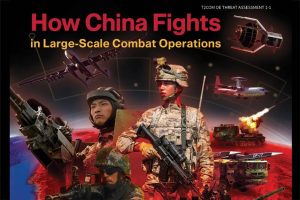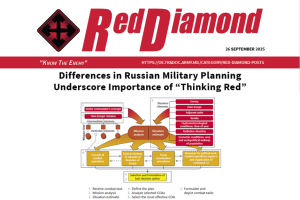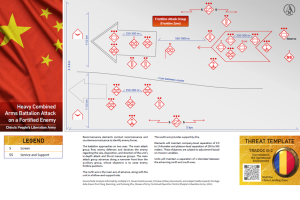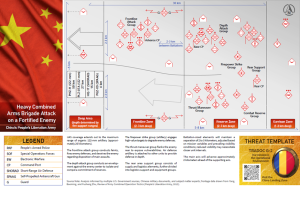New Zealand’s Partnership Strategy in Southwest Pacific Offers Alternative to Chinese Influence Efforts
By Raechel Melling
Requires CAC to access
File Size:
900 KB
File Type:
Page Count:
5
Share & Get The Message Out
This analysis examines China’s growing influence in the Southwest Pacific and New Zealand’s strategy to counter it, offering valuable insights for the U.S. Army. The strategic importance of this region—rich in resources and home to key U.S. allies—makes understanding these dynamics crucial.
China’s Partnership Strategy & Approach
China employs a whole-of-government approach, leveraging diplomatic, informational, military, and economic (DIME) resources to build influence in the Southwest Pacific. China positions itself as a convenient partner, contrasting its approach with perceived “Western paternalism” and emphasizing mutual benefit. Key elements include:
• Transactional Partnerships: Offering all-inclusive projects with staffing, technology, and materials, often funded through grants or loans (like the free-of-charge Vanuatu Presidential Palace).
• Shift to Grant Financing: A transition from loan-based investment to large-scale grants, exemplified by the $135 million Vanua Levu Road upgrade in Fiji.
• Infrastructure Focus: Leading all other donors in committed infrastructure aid, with overall spending on infrastructure increasing while human development spending declines.
New Zealand’s Counter-Messaging Strategy
New Zealand counters Chinese influence by emphasizing shared culture, communality, and horizontal power distribution. This approach directly addresses China’s narrative of Western dominance and offers an alternative vision of partnership.
Implications for the U.S. Army
The U.S. Army can learn from and leverage New Zealand’s efforts to counter China’s Information Operations (IO) initiatives in the Southwest Pacific. Understanding China’s partnership strategy and the effectiveness of New Zealand’s countermessaging is vital for maintaining regional stability and protecting U.S. interests.
Related Products
FY 2025 Operational Environment Running Estimate
How Russia Fights in Large-Scale Combat Operations
T2COM OE Threat Assessment 1-1, How China Fights in Large-Scale Combat Operations
Exploiter Series: Sociocultural Exploitation of Bangladesh
Differences in Russian Military Planning Underscore Importance of “Thinking Red”
China’s People’s Liberation Army Heavy Infantry Company Attack on a Fortified Enemy Threat Template
North Korea’s Ukraine War Involvement Signals Escalating Cooperation Among U.S. Adversaries
China’s People’s Liberation Army Heavy Combined Arms Brigade Attack on a Fortified Enemy Threat













